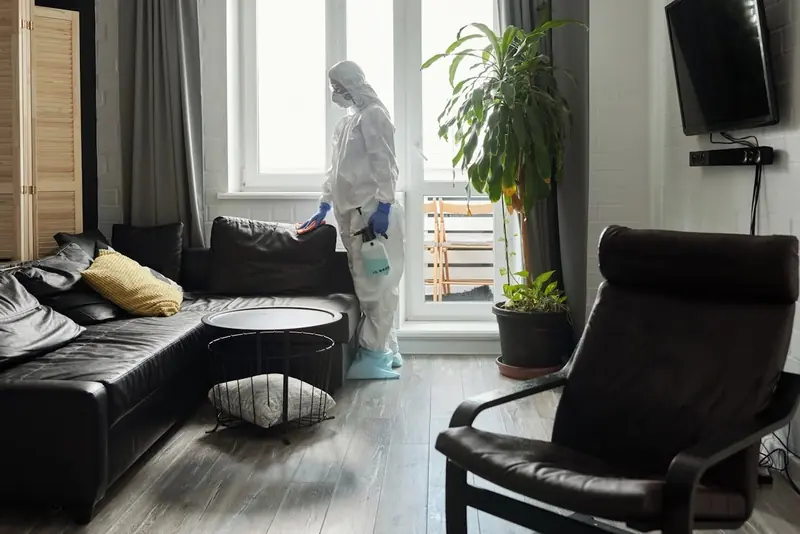
Meanwhile, there’s a popular spot in your home that makes even the toilet seat seem pristine. It can be up to 75 times dirtier than a toilet seat.
We’re talking about the seemingly innocent couch. Researchers from the Melbec Microbiology lab analyzed swabs from couches in six different British homes to uncover the bacteria lurking in these beloved pieces of furniture.
The team found that, on average, there are 508,883 aerobic mesophilic bacteria (AMB) per 100 cm² of couch surface. These bacteria are typically associated with dead skin cells and food particles. In comparison, a toilet seat has only 6,800 AMB on the same area, while a kitchen trash can contains about 6,000.
What Did the Microbiologists Report?
The researchers also compared couch contamination with other potential sources of microbes. They examined samples from a range of equally popular household items.
Swabs taken from a desk showed a concentration of 5,900 AMB per 100 cm², meaning the desk is only slightly cleaner than a trash can.
Meanwhile, a laptop accumulates around 5,800 AMB per 100 cm². A similar patch of a TV remote can hide up to 3,700 bacteria. As for the bacteria found on a doorknob, that number reaches 1,800 AMB per 100 cm², according to the Daily Mail.
Interestingly, couches are not just teeming with low-risk bacteria like AMB; they also harbor potentially more dangerous pathogens. The researchers found yeast and mold on the studied couches, which pose health risks for individuals with asthma or weakened immune systems, as well as coagulase-positive staphylococci, which can cause food poisoning, sepsis, and staph infections. Experts also discovered the ubiquitous E. coli.

The dirtiest couch among the six studied belonged to a family with two cats: on a 100 cm² section, researchers found over a million E. coli bacteria. Overall, this couch had 2,730,000 colony-forming units (CFU), which is 400 times more than what was found on a toilet seat.
The cleanest couch was found in a household with a young child, showing a bacterial count of 17,300 CFU per 100 cm².
Experts assure us that, fortunately, bacteria can be managed with a few simple cleaning rules.
First and foremost, daily quick wipes of the couch surface can help prevent stains. For deeper cleaning, regular baking soda can refresh the upholstery. Generously sprinkle it on the couch and vacuum it up after 20-30 minutes.
Researchers also recommend washing couch cushion covers, if they are removable. However, it’s essential to follow the washing temperature indicated on the label. Additionally, make sure the covers are completely dry before putting them back on the cushions; otherwise, mold may develop.
